Aurora and Cephalus (1733) by François Boucher
Annotations
Properties
Velasquez: Saint Anthony the Great and Saint Paul the Anchorite
Annotations
The raven brings bread to St. Paul the Hermit and St. Antony
Painting by Diego Velázquez (c. 1634) showing the raven bring bread.
Jerome, Life of Paul the Hermit (10): "While talking they noticed with amazement a raven, which had settled onto a branch of a tree, and was now flying down until it laid a loaf of bread in front of them. They were amazed, but after it left Paul said, 'Behold, The loving and merciful Lord has sent us a meal. For the last sixty years I have always received half a loaf, but because you are here Christ has sent double rations.'"
Properties
Jusepe de Ribera: Saint Paul the Hermit
Annotations
Sānctus vērō Brendānus, cum appropinquāsset ad ōstium spēluncae ūnīus, dē alterā ēgressus est senex forās obviam sibi, dīcēns: “Ecce, quam bonum et quam iocundum habitāre frātrēs in ūnum.” (26.15).
Museo del Prado P001075
From the Museo del Prado website:
Saint Paul, the first hermit, is shown meditating before a skull in solitude. This work dates from the final stage of Ribera’s career, which, in contrast to the darkness of his early years, is a phase of greater brightness and a wider range of colors.
Properties
Jean Bardin, Tullia drives over the corpse of her Father
Annotations
Properties
Drölling: Orphée et Eurydice
Annotations
Eurydice is swept back to the underworld by Mercury as Orpheus looks on. Michel-Martin Drölling (c. 1820) oil on canvas, Musée national Magnin, Dijon 1938 F 303.
Properties
Kratzenstein-Stub: Orpheus and Eurydice
Annotations
Eurydice slips back into the underworld after Orpheus looks back. Christian Gottlieb Kratzenstein-Stub (1806) oil on canvas. Ny Carlsberg Glyptotek.
Properties
Agache: Les parques (The Fates)
Annotations
The Parcae (Greek Moirai) wind the thread of fate. Oil on canvas by Alfred Agache, Palais Beaux-Arts Lille P 1639.
Properties
Rubens: Tereus' Banquet
Annotations
Philomela and Procne present Tereus with the head of his son, Itys. Prado Museum (Museo Nacional Del Prado) P001660.
Properties
Titian, Rape of Europa
Annotations
Jupiter in the form of a bull swims across the ocean while Europa holds on by one horn. Isabella Stewart Gardener Museum, Boston, P26e1. CC BY-NC-ND 4.0

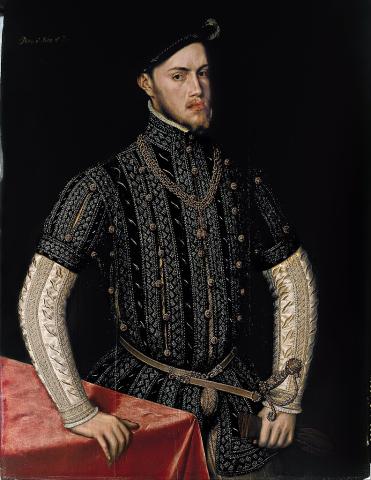
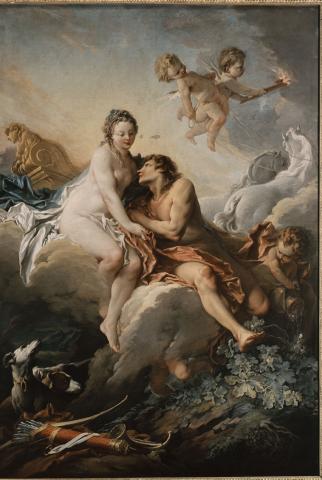
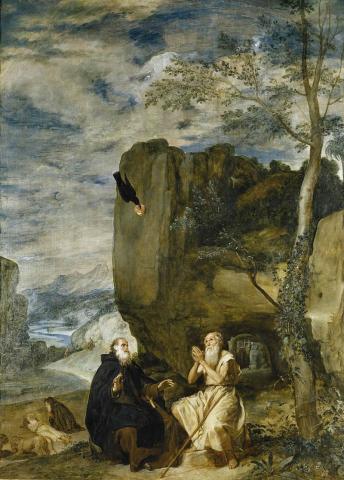
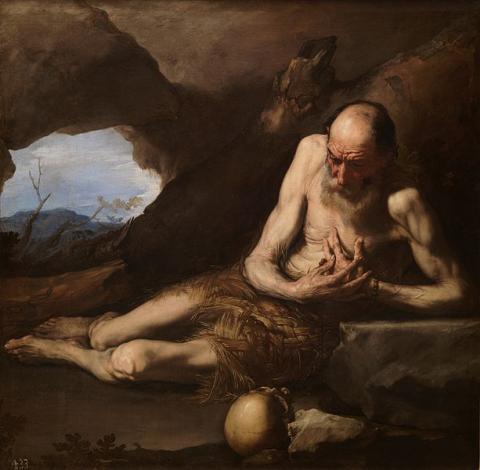
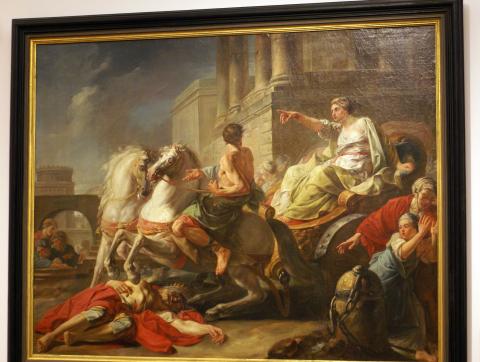
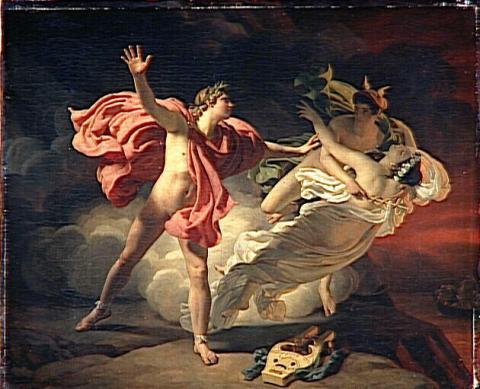
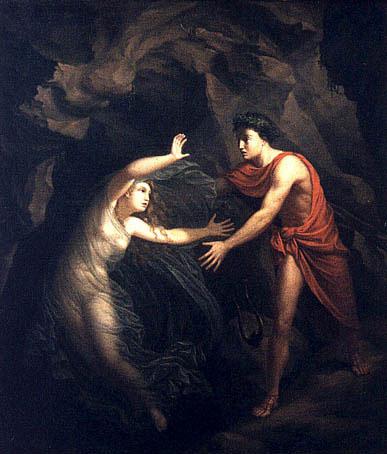
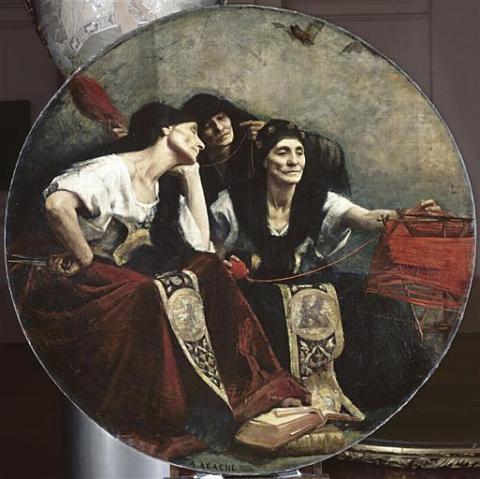
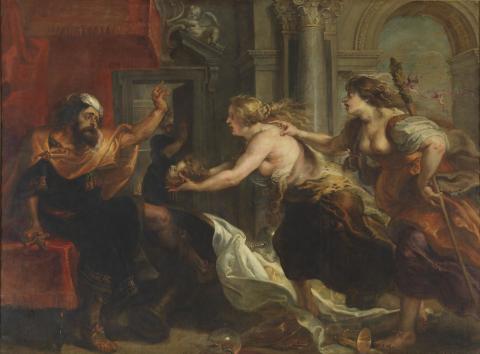
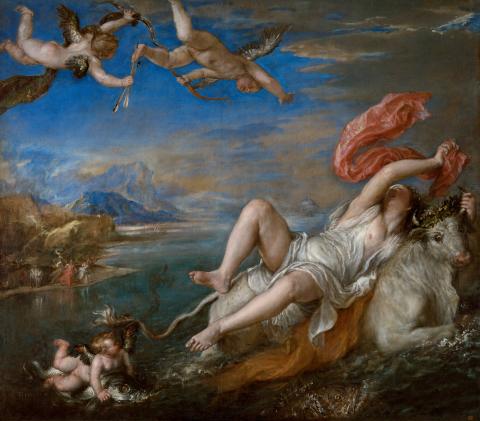
From The Prado Museum website:
The subject is drawn from the narration in Jacobo de la Voragine`s 13th-century Golden Legend of Saint Anthony the Abbot`s voyage to the Egyptian desert to visit Saint Paul, the first Christian hermit (4th century). Saint Anthony, whom Velázquez presents dressed in the black-hooded, brown habit of the Hospitallers of Saint Anthony, appears five times in the painting. In the background, he asks his way from a centaur and also converses with a satyr. In a hollow among boulders that recall Patinir`s huge, rocky Landscape with Saint Jerome (already in the Royal Collection at that time, and now at the Museo del Prado), he is depicted knocking on the holy Anchorite`s door. In the foreground, he converses with Saint Paul and is surprised by the raven that brings Paul his daily bread. The final episode is shown at the left: after hearing that Paul has died, he discovers two lions digging the hermit`s tomb.
Velázquez based his depiction of the two saints` meeting on Dürer`s engraving of the same subject, although he must also have known Sánchez Coello`s painting for one of the two altars at the basilica of El Escorial. In his consideration of possible visual sources for this work, Diego Angulo (1946) observed that the breadth of the setting and the valley`s pale blue lighting recall the landscape of northern Madrid and were Velázquez`s own contribution. More recently (Brown), parallels have been drawn with frescoes of Roman landscapes by Pietro da Cortona at the Villa Sacchetti in Castelfusano, which Velázquez may have seen in 1630-1631. The application of a very thin coat of paint over a light-colored base generates notably luminous and translucent effects. Various pentimenti are clearly visible, for example, in the figure of Saint Paul and in Saint Anthony`s crosier. The top of this work originally ended in a semicircular arch (the two upper corners were added and painted when the canvas was lined, possibly in the 19th century), indicating that it was conceived for an altar. It was probably commissioned for the hermitage of San Pablo -one of several constructed in the gardens of Madrid`s buen Retiro Palace- whose altarpiece, now lost, was completed in May 1633 and included a sculpture of Saint Paul the Hermit by Italian artist Giovanni Antonio Ceroni. First documented in the hermitage of San Antonio de los Portugueses in 1701, this painting may have been moved there when the hermitage of San Pablo was renovated and redecorated between 1659 and 1661.